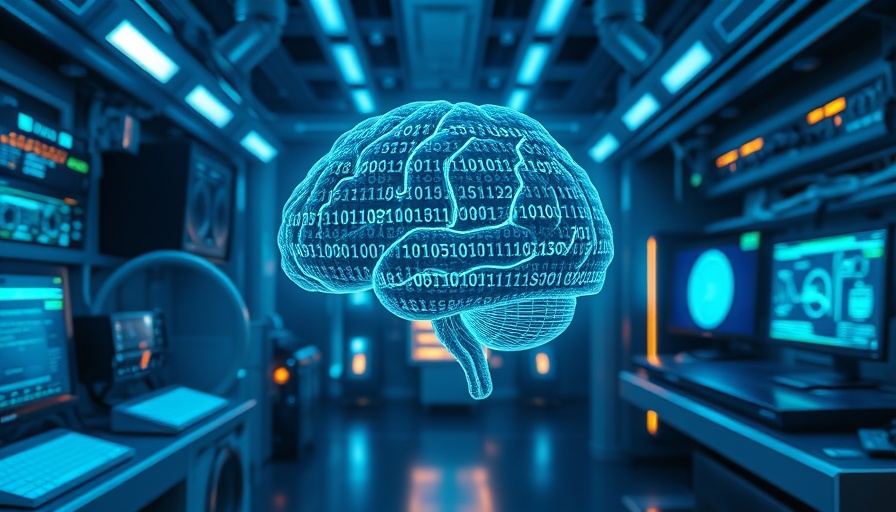
Unlocking AI's Potential in Education: The Imitation Game Framework
As artificial intelligence increasingly permeates the educational landscape, educators and technologists alike grapple with a crucial question: how can we effectively gauge whether AI systems comprehend the complexities of student thinking? In response to this urgent inquiry, recent research introduces an innovative evaluation method inspired by the Turing test, termed the two-phase Imitation Game. This approach aims to assess an AI's ability to predict student misconceptions—offering a glimpse into its understanding of student cognition.
Why Traditional Evaluation Falls Short
For too long, traditional methods of evaluating AI in education have relied on lengthy studies to measure learning gains. These studies, often confounded by various external factors such as shifts in classroom dynamics and student motivation, do not accurately reflect an AI’s understanding of nuanced student reasoning. In stark contrast, the two-phase framework proposed by Shashank Sonkar and colleagues redefines this evaluation process. The initial phase invites students to respond openly to questions, promoting the revelation of genuine misconceptions, while the second phase allows both AI and human experts to generate tailored distractors based on students’ unique mistakes.
How the Two-Phase Imitation Game Operates
The two-phase evaluation framework comprises a systematic collection of errors and tailored distractor generation. The first phase emphasizes open-ended responses to capture authentic misconceptions—a key aspect often missed by standardized testing methods. In the subsequent phase, an AI generates new questions based on individual errors, estimating how these misconceptions might recur in different contexts. This conditioning allows educators to examine AI's capabilities in deeply understanding individual learning patterns rather than merely responding to generalized misconceptions.
The Significance of Conditioned Distractor Generation
By analyzing whether students select AI-generated distractors at rates comparable to those generated by expert human educators, this framework positions AI not just as a content deliverer but as a cognitive modeler of student thought processes. This method diverges from traditional models by directly assessing two essential capabilities within the AI: the ability to understand common patterns in student thought and the ability to accurately predict individual mistakes. Such predictive capacity is paramount for delivering personalized feedback and tutoring tailored to each student's challenges.
Future Implications and Applications
The implications of this research extend beyond theoretical discourse; they pave the way for developing adaptive learning technologies that can evolve alongside students. By ensuring AI systems possess a nuanced understanding of individual student reasoning, this evaluation method represents a defining shift in the educational technology landscape. AI that demonstrates the capacity to engage with student misconceptions can personalize educational content, crafting nuanced responses and interventions. This could ultimately lead to improved educational outcomes and enhanced learning experiences.
Final Thoughts: A Call for Empirical Validation
While the theoretical framework laid out by Sonkar et al. serves as a promising start, empirical validation remains a crucial next step. It is essential for practitioners and researchers to operationalize this evaluation method, rigorously testing and refining its application in diverse learning environments. The goal is to create AI systems that do not merely aggregate statistical data about learning processes but genuinely understand and support each student's unique intellectual journey.
 Add Row
Add Row  Add
Add 




Write A Comment